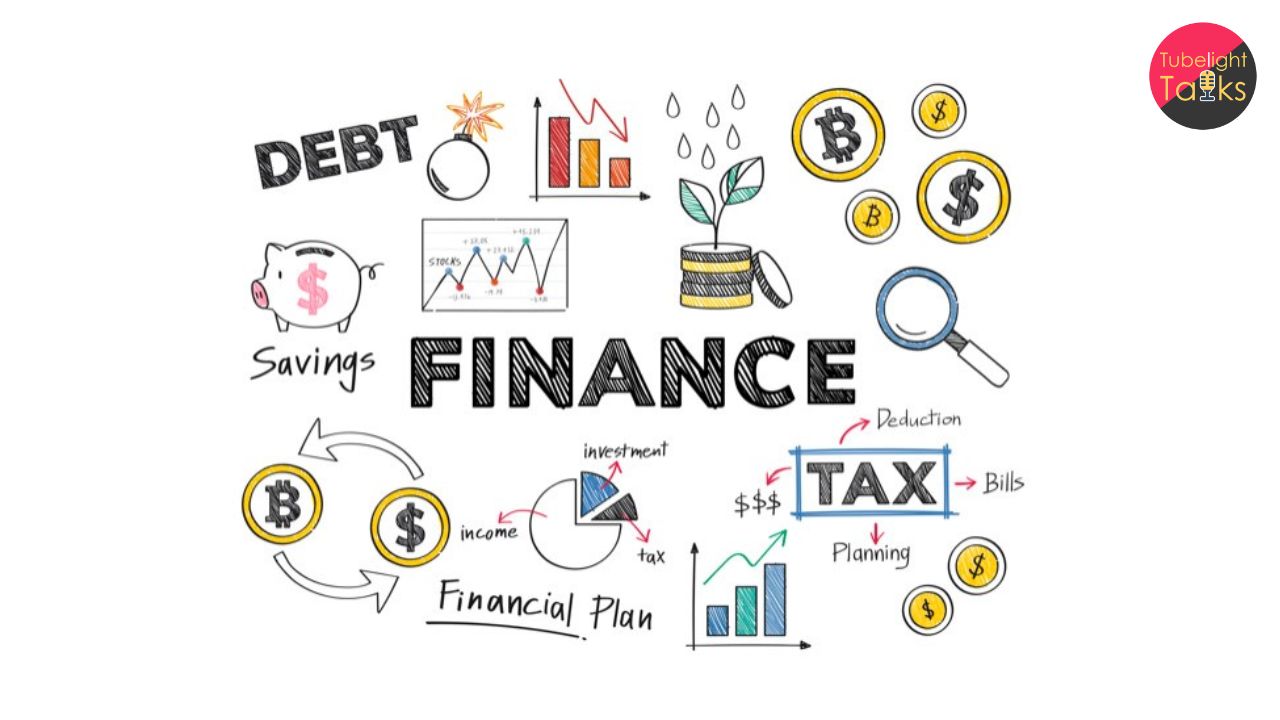Understanding the financial terminologies is crucial for navigating personal finances, businesses or investments and to make informed decisions regarding savings, investments, loans and other services. The key financial terms act as a foundation for analysing financial statements and managing money effectively. Let’s have a look at the top 10 key financial terminologies used in the day-to-day life of individuals or businesses.
Assets
Assets simply means anything owned by an individual or business that has value. Assets are primarily categorised as:
- Current Assets: Assets that are expected to be converted into cash or cash equivalents within an operating cycle of 12 months. For example, inventory.
- Non-Current Assets (Fixed Assets): Long term investments like property and equipment are known as fixed assets. They cannot be converted easily into cash.
Liabilities
Liabilities are financial obligations or debts that a person or business owes to other entities. Just like assets, liabilities are also classified as Current and Non-current.
- Current Liabilities: Debts which are repayable within an operating cycle of 12 months, for example, credit card payments.
- Non-Current Liabilities: Non-current or long-term liabilities are the debts that an individual or a business owes, but it is not to be repaid completely within a year. For example, bank loans, mortgages, etc.
Revenue
Revenue refers to the total amount generated by a business from its operations before deduction of the expenses incurred. Revenue is primarily of two types:
- Operating Revenue: Revenue or income generated from primary business activities such as sale of goods or services.
- Non-operating Revenue: Income generated from a company’s secondary activities such as income from interest, dividends, etc.
Inflation
Inflation refers to the rate at which the general price of goods or services increases, leading to a reduction in the purchasing power of money and therefore, fall in demand for the product. It is measured in CPI (Consumer Price Index). For example: The rise in the price of apples from week 1 to week 2 is inflation in the prices of apples.
Interest Rate
Interest rate refers to the percentage charged per annum by the lender for the debt given. It is expressed as a percentage of the principal amount borrowed. For example, if you have taken a loan of INR 1,00,000/- with an interest rate of 8% p.a., the amount of interest you have to pay is INR 8,000 annually.
Cash Flow
Cash flow refers to the movement of cash and cash equivalents in or out of the business over a specific period of time. It reflects the liquidity position of a business to meet potential future obligations. In business accounting, there are three types of Cash flow:
- Operating Cash Flow: Inflow or outflow of cash from normal business operations like purchase or sale of products or services.
- Investing Cash Flow: Cash used for or generated from investing activities including the purchase of fixed assets or sale of equipment.
- Financing Cash Flow: The net cash generated through financing of business. For example, shareholder’s equity, debt payments, etc.
Depreciation
Depreciation refers to the decrease in the value of tangible or fixed assets due to wear and tear, or obsolescence over a period of time. It is an accounting method by which the value of assets is expensed over its useful life. For example, if machine is purchased for INR 10,000/- and is expected to be in use for 5 years with zero salvage value, its annual depreciation expense will be calculated with the formula:
Depreciation = Purchase value ÷ years in use
In this case, it would be 10,000 ÷ 5, amounting to INR 2,000 per year.
Net Worth
Net worth is an indicator which shows the financial health of an individual or a business. It is the difference between what you possess versus what you owe. Formula for Net Worth:
Net Worth = Total Assets – Total Liabilities
Valuation
Valuation is a process through which the current or projected worth of an asset or investment is determined. It is assessed based on various factors like market conditions, financial performance, etc.
Budget
A budget is a financial plan that shows the expected or expenditure of the business over a specific period of time, such as monthly, quarterly or annually. It helps businesses to make reliable financial decisions and facilitate effective allocation of resources.
Spiritual Insights of Holy Scriptures Surpasses Financial Knowledge
While financial knowledge can boost the productivity and efficiency of businesses, it does not substitute humanity’s need to recognise the true purpose of a human birth.
Jagatguru Tatvdarshi Sant Rampal Ji is the sole Complete Saint in this world, Who has disclosed the true wisdom of our sacred scriptures and the real purpose of human life – to seek the Ultimate Supreme God Kabir and thereby, salvation. By incorporating the divine teachings Sant Rampal Ji Maharaj, not only transforms our lives, but also of our professional lives.
When one takes Naam Diksha from a Complete Saint and does sincere worship as imparted by Him, material success automatically becomes a by-product of such kind of true worship.
Sant Rampal Ji Maharaj is not only the solitary Tatavadarshi Sant, offering the divine knowledge from our sacred scriptures across religions, but also the Giver of happiness and peace in Kaliyug.
Read about His sacred teachings on www.jagatgururampalji.org .










